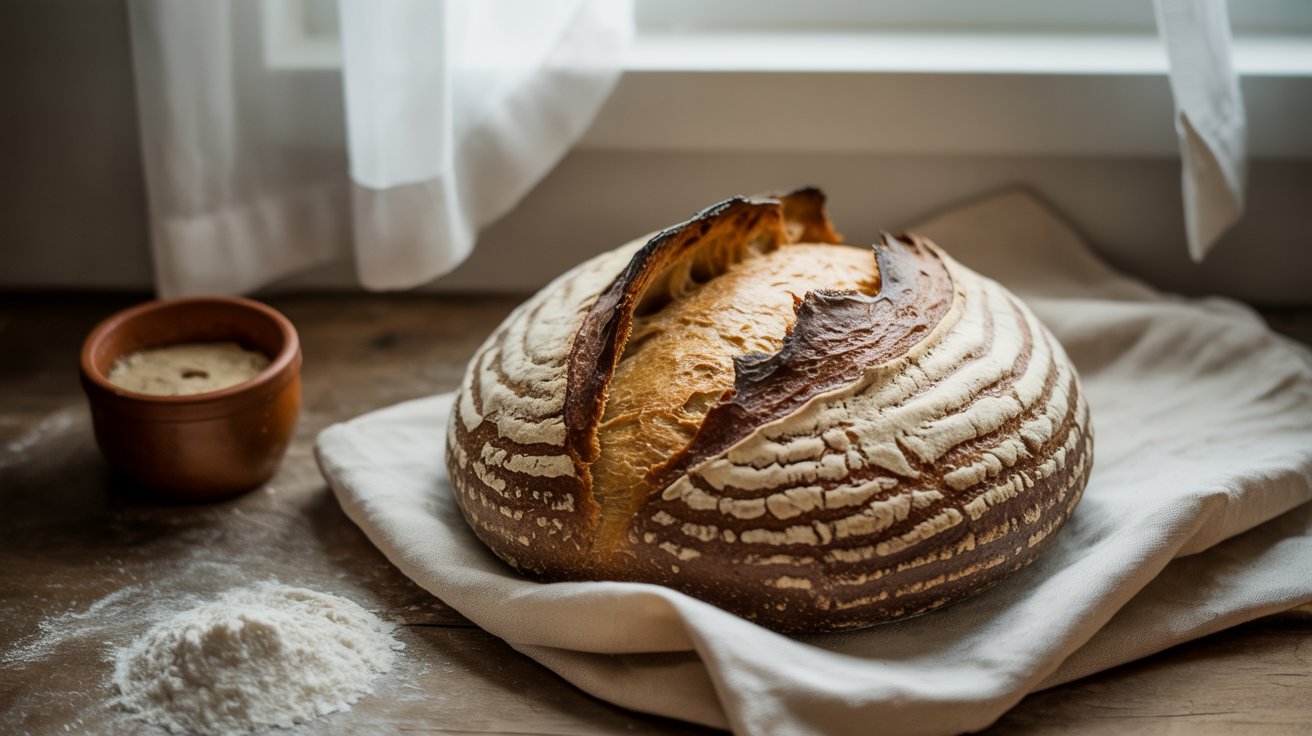Fermentation, a time-honored preservation technique, transforms foods using microbes, enhancing flavor and boosting gut health with probiotics. From Korean kimchi to German sauerkraut, this accessible process brings tangy, complex tastes to your kitchen while supporting wellness.
The Science of Fermentation
Fermentation occurs when microbes like lactic acid bacteria or yeast convert sugars into acids, alcohol, or gases. In lacto-fermentation, bacteria (e.g., Lactobacillus) produce lactic acid, preserving foods and creating tangy flavors, as in sauerkraut. Yeasts drive kombucha’s fizz. This process, studied by microbiologists like those at the NIH, preserves nutrients and creates probiotics that support gut health, aiding digestion and immunity.
Home Fermentation Recipes
Start with sauerkraut: shred 1 cabbage (2 lbs), massage with 1.5 tbsp salt until juicy, pack tightly in a jar, and ferment at 65-75°F for 7-14 days, ensuring cabbage stays submerged. For kimchi, chop 1 napa cabbage, soak in ¼ cup salt for 2 hours, rinse, mix with 2 tbsp gochugaru, 1 tbsp ginger, 4 garlic cloves, and 1 tsp sugar; ferment 3-5 days. Kombucha requires a SCOBY: brew 1 L black tea, add 100g sugar, cool, add SCOBY and 100ml starter tea, ferment 7-10 days. Taste daily to monitor flavor.
Equipment and Safety Tips
Basic equipment includes glass jars, airlocks (optional for gas release), and weights to keep food submerged. Sterilize jars with boiling water to prevent contamination. Ensure foods stay below brine to avoid mold—use a cabbage leaf or glass weight. Store at 65-75°F, away from sunlight. If you see fuzzy mold or smell rot (unlike tangy fermentation scents), discard. Resources like The Art of Fermentation by Sandor Katz guide beginners.
Health and Culinary Benefits
Probiotics in fermented foods improve gut microbiome diversity, linked to better digestion and mood, per a 2021 Nature study. Fermentation enhances nutrient bioavailability—sauerkraut’s vitamin C is more absorbable than raw cabbage. Culinary versatility shines: add kimchi to rice bowls, sauerkraut to sandwiches, or kombucha as a refreshing drink. These foods elevate meals with bold, tangy notes, requiring minimal prep.
Getting Started and Scaling Up
Begin with small batches to master timing—1-quart jars are ideal. Source ingredients like gochugaru or SCOBYs from Asian markets or online (e.g., Cultures for Health). Experiment with flavors: add garlic to sauerkraut or fruit to kombucha. Join fermentation groups on Reddit or Facebook for tips and troubleshooting. Scale up by investing in larger jars or crocks for bigger batches, perfect for sharing or long-term storage.
Conclusion: Fermentation is an accessible, rewarding way to create flavorful, probiotic-rich foods. With simple tools and recipes, you can transform cabbage or tea into culinary treasures, boosting health and creativity. Start fermenting today and unlock a world of tangy possibilities.
